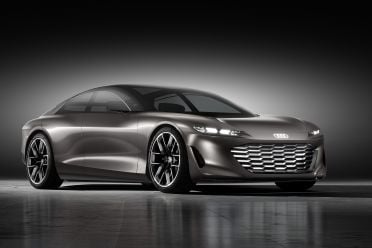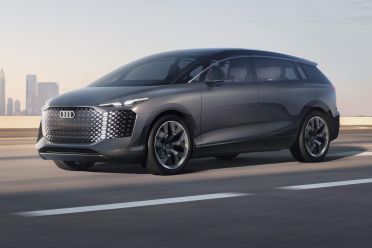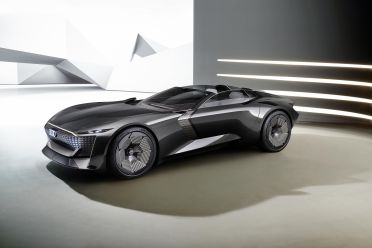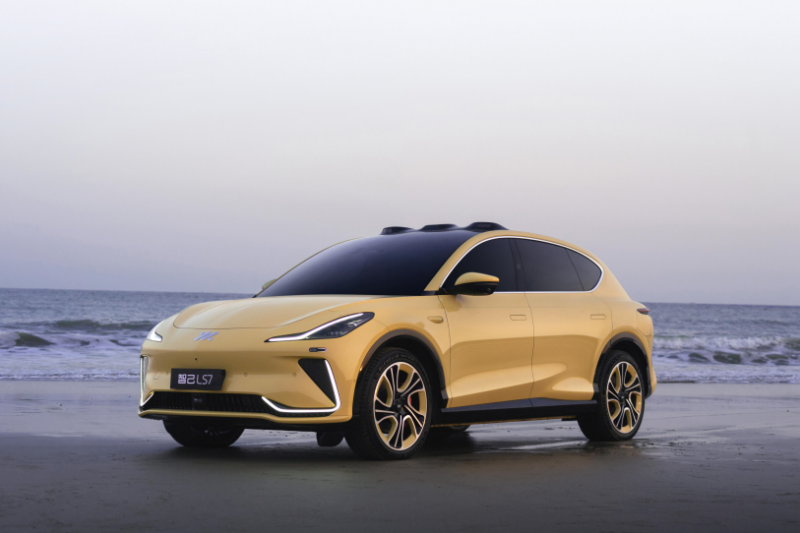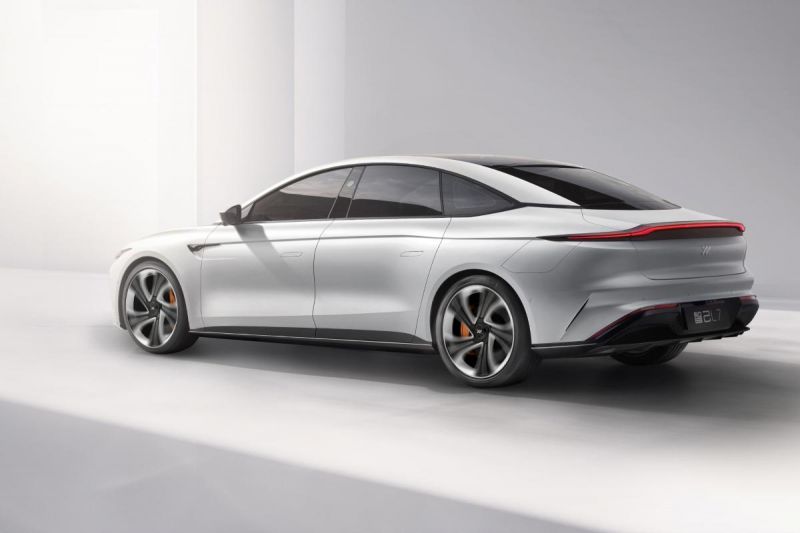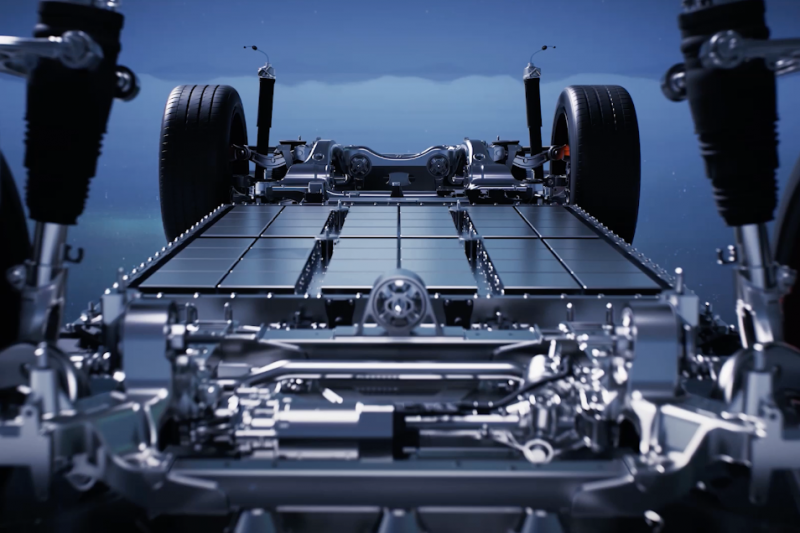Audi is reportedly set to secure the rights to an electric vehicle (EV) platform from China’s SAIC Motor luxury sub-brand IM Motor.
As reported by Autocar, the German luxury carmaker has been suffering from delays to the Scalable Systems Platform (SSP) being developed by the Volkswagen Group.
This follows a report indicating Audi had been in talks with BYD and BAIC about using one of their EV platforms.
If Audi decides to use an externally developed EV platform, it will likely be used for a clutch of models based on the “Sphere” concepts.
It’s unclear if models underpinned by an external architecture will be available throughout the world, or confined to China.
Existing vehicles on the SAIC-developed EV platform include the IM Motor L7 sedan and LS7 SUV. Both are promised to launch locally in 2025 badged as MGs.
They’re available with either single-motor rear-wheel drive or dual-motor all-wheel drive powertrains – the latter produces 425kW and 725Nm.
The L7 sedan has a 90kWh lithium-ion battery pack, whereas the LS7 SUV up to a 100kWh battery pack. Claimed range on the lenient CLTC testing cycle is up to 675km and 660km, respectively.
The IM Motor L7 sedan measures in at 5098mm long, 1960mm wide and 1485mm tall, which is around the same size as the BMW i5. Its chassis was also tuned in partnership with Williams Advanced Engineering.
The LS7 SUV on the other hand measures in at 5049mm long, 2002mm wide, and 1731mm tall. It also tips the scales at 2630kg.
IM Motors was founded in 2020 as a joint venture company between SAIC Motor, Zhangjian Hi-Tech and Alibaba Group.
Audi has fallen behind both Mercedes-Benz and BMW, as well as Chinese firms, in the race to bring EVs to market.
The company’s range is currently limited to three models. There’s the volume-selling Q4 e-tron, which is based on the MEB architecture shared with the Volkswagen ID.4 and Cupra Born, the e-tron GT sports sedan that’s essentially a Porsche Taycan in a business suit, and the Q8 e-tron, which uses the MLB architecture originally developed for petrol and diesel cars.
In China there’s also a Q2L e-tron, which pairs a 100kW/290Nm electric motor with a 38kWh battery pack from CATL.
As the Volkswagen Group has swelled to encompass brands all the way from Skoda and Seat through to Porsche, Bentley and Bugatti, the company has embraced platform sharing to reduce costs and improve economies of scale.
Until recently all of these architectures – including the MEB EV platform, MQB front- and all-wheel drive ICE platform, and MLB longitudinal ICE platform – have been developed in-house. Rising development costs have seen the group begin to look further afield.
Currently Volkswagen and Ford have a wide-ranging partnership, with Ford developing the platform for the Amarok and Ranger utes, as well as Transit Custom and the upcoming T7 Transporter vans.
In turn, Volkswagen’s Caddy serves as the basis for the latest Transit Connect, and Volkswagen’s MEB platform resides underneath the Euro-only Ford Explorer and a yet-to-revealed crossover coupe.
In addition to this, Volkswagen has offloaded Bugatti to rival Rimac in a complex transaction in which Porsche has taken a large minority shareholding in the Croatian supercar maker.
MORE: Audi wants Chinese know-how for its electric cars – report

